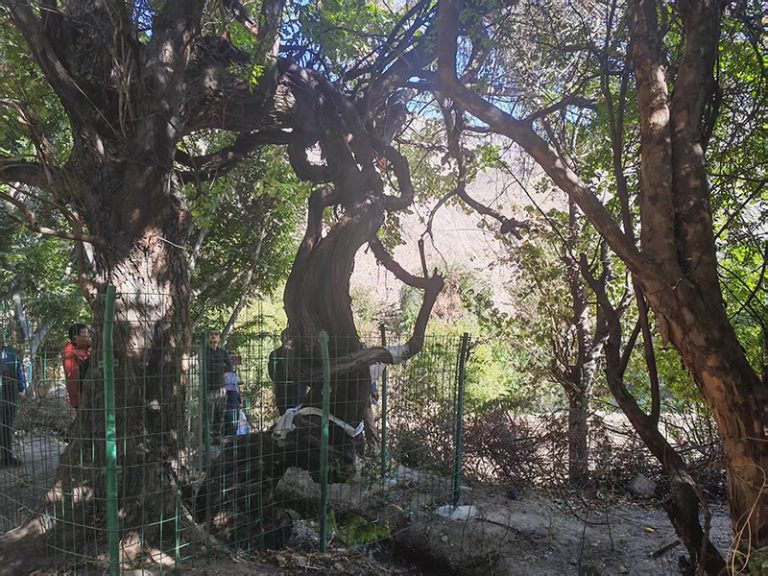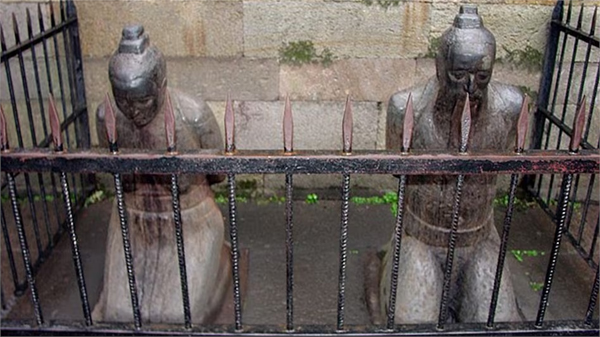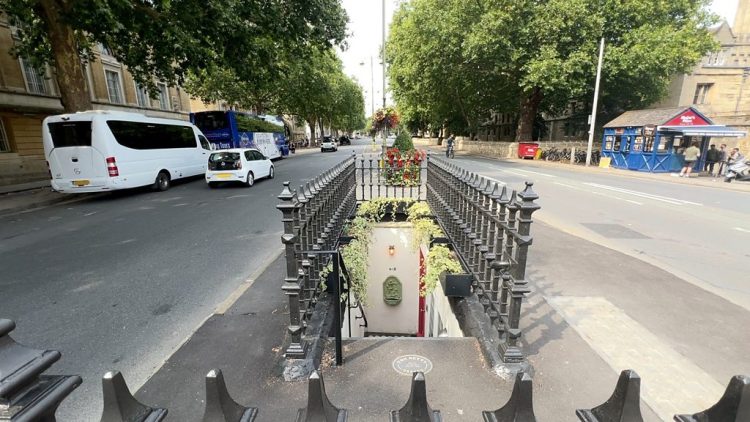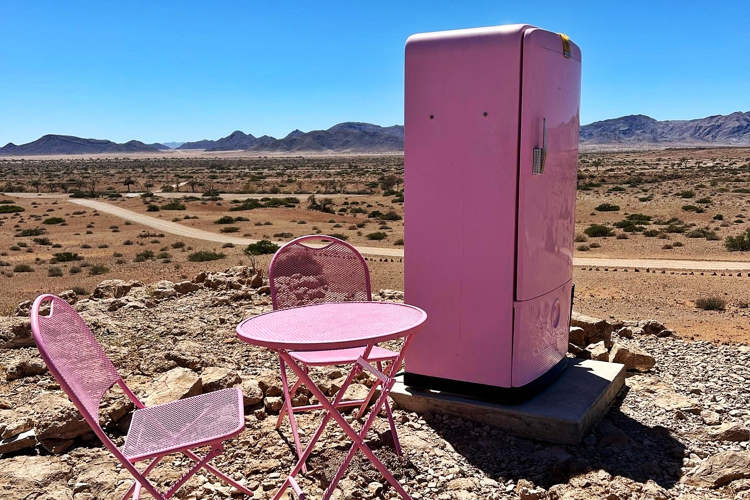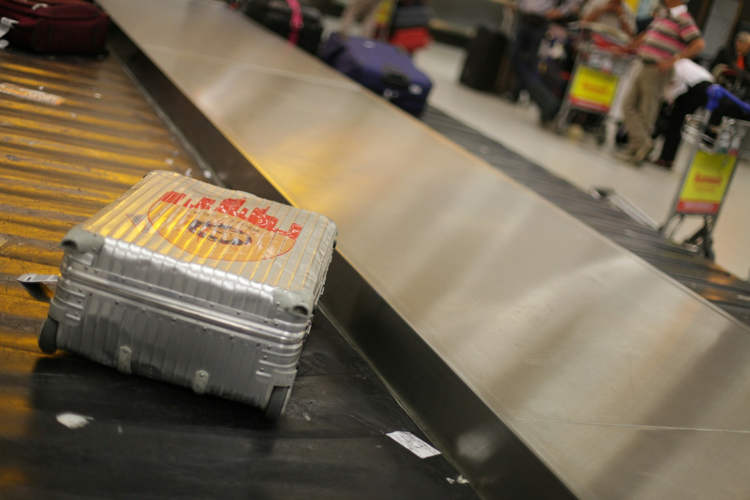The Seshachalam Hills in Southern India are home to one of the nation’s most popular pilgrimage destinations – the town of Tirumala. Each year, millions of pilgrims display their devotion for the presiding deity, Sri Venkateswara, in the most bizarre fashion – by tonsuring their heads!
There’s actually a rather interesting story behind the unusual practice – according to ancient lore, Sri Venkateswara is believed to have taken a loan in order to fund his own wedding celebrations. The debt was so huge that he continues to pay it off to this day, and requires assistance in doing so. And his devotees are more than happy to help by donating their hair to the cause.
The local temple receives donations from at least 20,000 devotees each day, so they’ve employed a whopping 600 barbers to get the job done. The tonsuring takes place in a specially designated building that’s separate from the main temple, and also at 16 smaller locations around town. Thousands of pilgrims sit cross-legged on the floor with their heads bent forward, as the barbers work their scissors and razors at lighting speed.
Photo: Tirumala Photos
Believe or not, the Tirumala temple collects 500 tons of human hair each year, which they auction off to hair extension makers across the world. According to several experts, Indian hair is considered one of the most valuable in the world, owing to its naturally silky texture and also because it is unblemished by artificial hair products. This has placed the temple at the center of a very lucrative, high-paying market. Last year alone, they raked in an annual revenue of 200 million rupees ($3.6 million).
“Good hair is finite in supply, yet demand is seemingly infinite,” said Mayoor Balsara, chief executive of SDTC Exports – India’s largest exporter of human hair. The company obtains hair that is auctioned at 20 different Indian temples and puts it all through a meticulous refinement process. The hair is grouped into five categories according to grades and colors, and then washed, treated, and dried under natural sunlight.
Photo: The Hindu
“One small mistake and the quality of the hair is seriously compromised,” Balsara explained. “This process requires extraordinary skill.” The cleaned, processed hair is packaged in bundles of 200 strands and is then ready to be sold. The price varies depending on length, density, volume, and quality.
The most expensive hair is over 31 inches long inches long – roughly $300 to $450 per kilogram. Hair between 16 and 30 inches is sold at a little less than $300, while 10 to 15 inch strands cost at least $120 per kilogram. The shortest hair is usually stripped of L-Cystein protein, which is used as a raw material in baby foods and donuts. Although these are the standard rates, the finest hair can sometimes go for as high as $800 per kilogram.
Surprisingly, the pilgrims (most of whom are poor), are unaware that their donated hair is sold at such exorbitant rates. In fact, many of them don’t even know what hair extensions are. But even if they did know, they most likely wouldn’t be fazed.
Photo: Dwaraka Tirumala
“They don’t mind their hair being sold because the Tirumala Tirupati Devastanam (the temple’s governing body) is doing free tonsuring, free accommodation, free food, free marriages,” said Patheti Srinivasarao, who is in charge of the collection, categorization and sale of the shaved hair.
According to the scriptures, all Hindus are advised to shave their heads at least once during their lifetime. This is usually done shortly after birth, and staunch devotees continue to donate their hair multiple times during their lifetime. Tonsuring is viewed as a kind of sacrifice, and also a way of shedding the ego.
“For many women in India, their hair is indeed something they take great pride in,” Balsara said. “To donate their hair to God is a greater sacrifice than donating money. Whether the hair is sold, burned, or buried – this will not stop the age-old Hindu tradition.”
In fact, when devotees are informed of the amount of money their hair brings in, they’re actually happy about it. “For us, hair is not important – for us, God is important,” said one devotee. “We hope they make good use of the money,” said another.
For its part, the Tirumala temple administration uses the funds raised from auctioning hair to maintain the temple and and for charitable purposes. “For example, we financed children’s education by building schools, we distributed approximately 30,000 free meals every day for the poor and needy, and we have built hospitals to cure those who, otherwise, could never afford such expensive treatments,” a temple director explained.
They also have anti-corruption measures in place, to make sure that the money isn’t misused. An oversight committee ensures that funds from hair auctions make their way to the local communities.
Given that 85 percent of the Indian population are Hindus, it is highly unlikely that hair supplies will run low any time soon. The real hair extension trade is only going to get bigger and better, raking in millions of dollars with the help of millions of pilgrims. Thankfully, most of the money is used for great causes, so if you ever happen to purchase real hair extensions, you should know that at least some of the money you paid for it has gone to a good cause!
Sources: The Yale Globalist, WSJ







